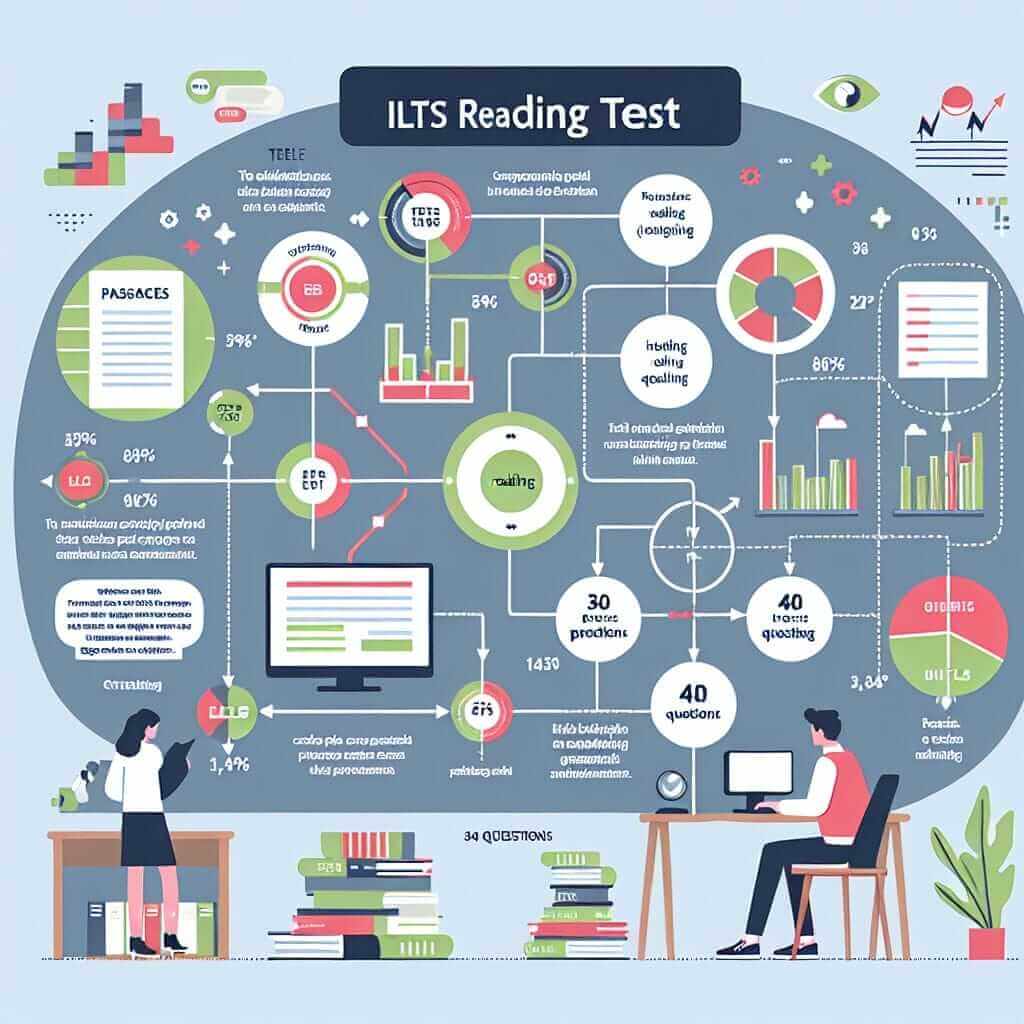Understanding the Importance of Text Length in IELTS Reading
As an IELTS instructor with over 20 years of experience, I often encounter students who are curious about the length of reading texts in the IELTS exam. It’s a valid concern, as understanding the text volume can significantly impact your time management and overall performance.
Knowing the average word count helps you:
- Estimate reading speed: By timing yourself on practice texts, you can gauge how quickly you can comprehend information within the given time limit.
- Develop skimming and scanning skills: Longer texts require efficient reading strategies like skimming for main ideas and scanning for specific details.
- Allocate time effectively: Being aware of the average passage length allows you to strategically divide your time across the three reading sections.
Demystifying the Word Count in IELTS Reading
While the exact number of words can vary slightly between tests, the IELTS Reading module typically presents you with:
- Three reading passages: These passages come from books, magazines, journals, and newspapers, and cover a variety of topics.
- Around 2,000-2,750 words in total: This includes all three passages combined.
- Each passage containing roughly 700-900 words: This might seem daunting, but remember, you don’t need to memorize every single word!

Strategies for Tackling IELTS Reading Texts
- Practice with authentic materials: Familiarize yourself with academic and general interest articles similar to those found in the IELTS.
- Focus on active reading: Don’t just passively read the text. Highlight key points, jot down notes, and actively engage with the information.
- Master skimming and scanning techniques: Learn to quickly identify main ideas and locate specific details within the text.
- Improve your vocabulary: A strong vocabulary is crucial for understanding complex texts. Dedicate time to learning new words related to common IELTS topics.
- Manage your time wisely: Practice allocating your time effectively for each passage and question type.
Example from an IELTS Reading Passage
Let’s look at an excerpt from a real IELTS reading passage:
“The origins of the modern bicycle are complex and involve many individuals. However, it is generally agreed that the first recognizable bicycle was the “Laufmaschine,” invented by Karl von Drais in Germany in 1817…”
Even without reading the entire passage, we can glean several key pieces of information:
- The passage discusses the history of bicycles.
- The inventor of the “Laufmaschine” was Karl von Drais.
- The invention occurred in Germany in 1817.
This demonstrates how skimming and focusing on key details can help you navigate longer texts efficiently.
Final Thoughts
While the number of words in IELTS reading texts might seem intimidating, remember that success lies in effective preparation and strategic reading techniques. By familiarizing yourself with the test format, practicing regularly, and focusing on active reading strategies, you can confidently approach the IELTS Reading module and achieve your desired score.